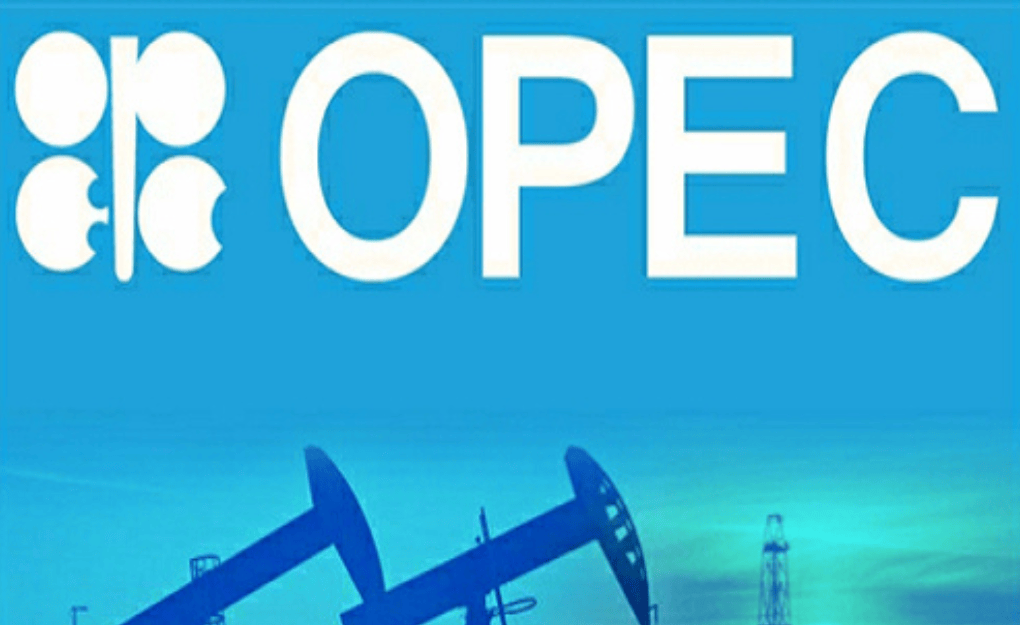The OPEC Global Oil Demand Forecast 2025 has revised global energy consumption trends downward in the near term, citing weaker economic growth in China and rapid adoption of clean energy alternatives. Despite this short-term moderation, the Organization of the Petroleum Exporting Countries (OPEC) maintains a strong long-term outlook for oil, especially in developing nations, reaffirming that global oil demand has not yet peaked.
The 2025 World Oil Outlook, released by OPEC, presents a nuanced picture of the global oil market that reflects shifting geopolitical dynamics, climate policy impacts, and regional economic trends. OPEC continues to increase production gradually while highlighting a continued rise in oil demand through 2050.
Revised Medium-Term Demand Projections in OPEC Global Oil Forecast
In its latest report, OPEC estimates that global oil demand will average 105 million barrels per day (bpd) in 2025. Demand is projected to rise modestly to 106.3 million bpd in 2026, eventually reaching 111.6 million bpd by 2029. These projections represent a significant downward revision from last year. For instance, the 2026 forecast has been trimmed by 1.7 million bpd, and the 2029 figure is 700,000 bpd lower than previously estimated.
The revisions reflect growing uncertainty in key economies and the accelerating shift to cleaner energy solutions, especially in East Asia.
Diverging from Other Forecasting Agencies
While OPEC remains bullish about long-term demand, its projections stand in contrast with other global energy analysts. For example:
- The International Energy Agency (IEA) forecasts global oil demand will peak by 2029 at 105.6 million bpd and begin to decline thereafter.
- BP’s Energy Outlook also predicts a demand plateau within this decade, followed by a gradual decrease due to widespread electrification and fuel efficiency gains.
OPEC, however, forecasts that demand will continue climbing, reaching 113.3 million bpd by 2030, and 122.9 million bpd by 2050—an upward revision from last year’s estimate of 120.1 million bpd.
China’s Economic Slowdown and EV Growth
A key reason for the downward revision in OPEC’s short-term demand forecast is the economic deceleration in China, the world’s largest crude oil importer. Slower industrial growth, tighter real estate markets, and shrinking exports have curbed energy demand in the country.
Additionally, China is leading the global shift to electric vehicles (EVs), with rapid EV adoption, expansion of charging infrastructure, and increased investments in clean public transport. These factors are reducing the country’s reliance on oil-based fuels, especially in the transportation sector.
Regional Demand Drivers in OPEC Global Oil Forecast
While demand slows in China, developing countries like India, nations in the Middle East, and much of Africa are expected to drive future oil consumption. Rising populations, urbanisation, and industrialisation in these regions will support robust growth in transport and petrochemical sectors—offsetting declines in advanced economies.
OPEC’s forecast assumes these developing regions will not transition to alternative energy sources at the same pace as wealthier nations, thus prolonging the growth in oil consumption.
OPEC’s Production Strategy
To navigate the evolving market, OPEC+ (OPEC and allied producers) began easing output cuts in April 2025, gradually restoring 2.17 million bpd in production. However, a deeper cut of 3.65 million bpd remains until the end of 2026 to support prices amid weaker demand.
This cautious production adjustment reflects OPEC’s strategic balancing act between regaining lost market share and maintaining price stability in a fragmented global energy market.
Long-Term Investment Needs in OPEC Global Oil Outlook
OPEC’s optimism about long-term demand comes with a call for massive investment in oil infrastructure. The group estimates the global oil industry will require $18.2 trillion in investments by 2050, an increase from $17.4 trillion projected in the previous year. This figure includes exploration, extraction, refining, and transport infrastructure, especially in resource-rich regions.
OPEC argues that underinvestment now could lead to future supply shortages, price volatility, and geopolitical risk, especially if demand continues to rise while supply growth stagnates.
Conclusion
The OPEC Global Oil Demand Forecast 2025 paints a complex picture of the world’s energy future. While short-term growth has been dialed back due to China’s slowdown and the green transition, OPEC is confident that global oil consumption will remain robust for decades. Emerging markets will drive demand, even as advanced economies shift toward sustainability.
OPEC’s stance contrasts with other forecasters but underlines its commitment to maintaining relevance in a changing world. The need for balanced production, long-term investments, and region-specific policies remains crucial in shaping the future of oil.




